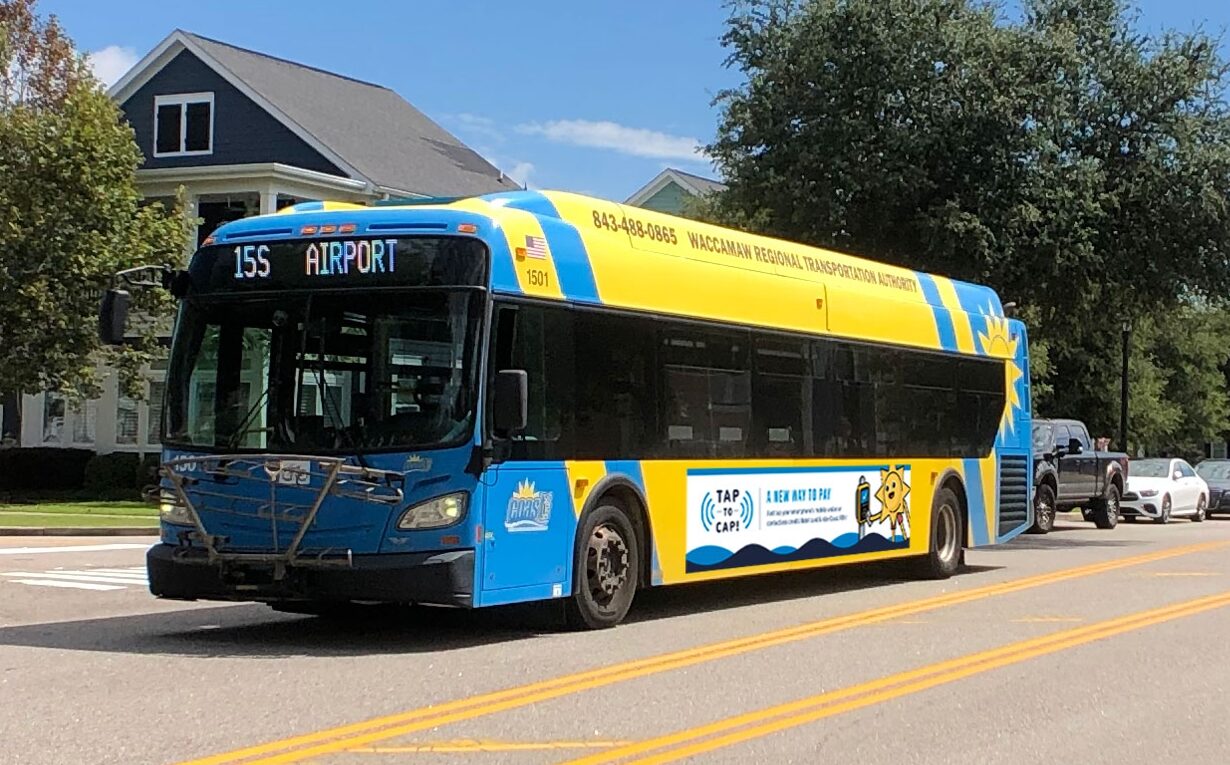How Monterey-Salinas Transit Paved the Way for California’s Contactless Revolution
by Kalin Hitrov
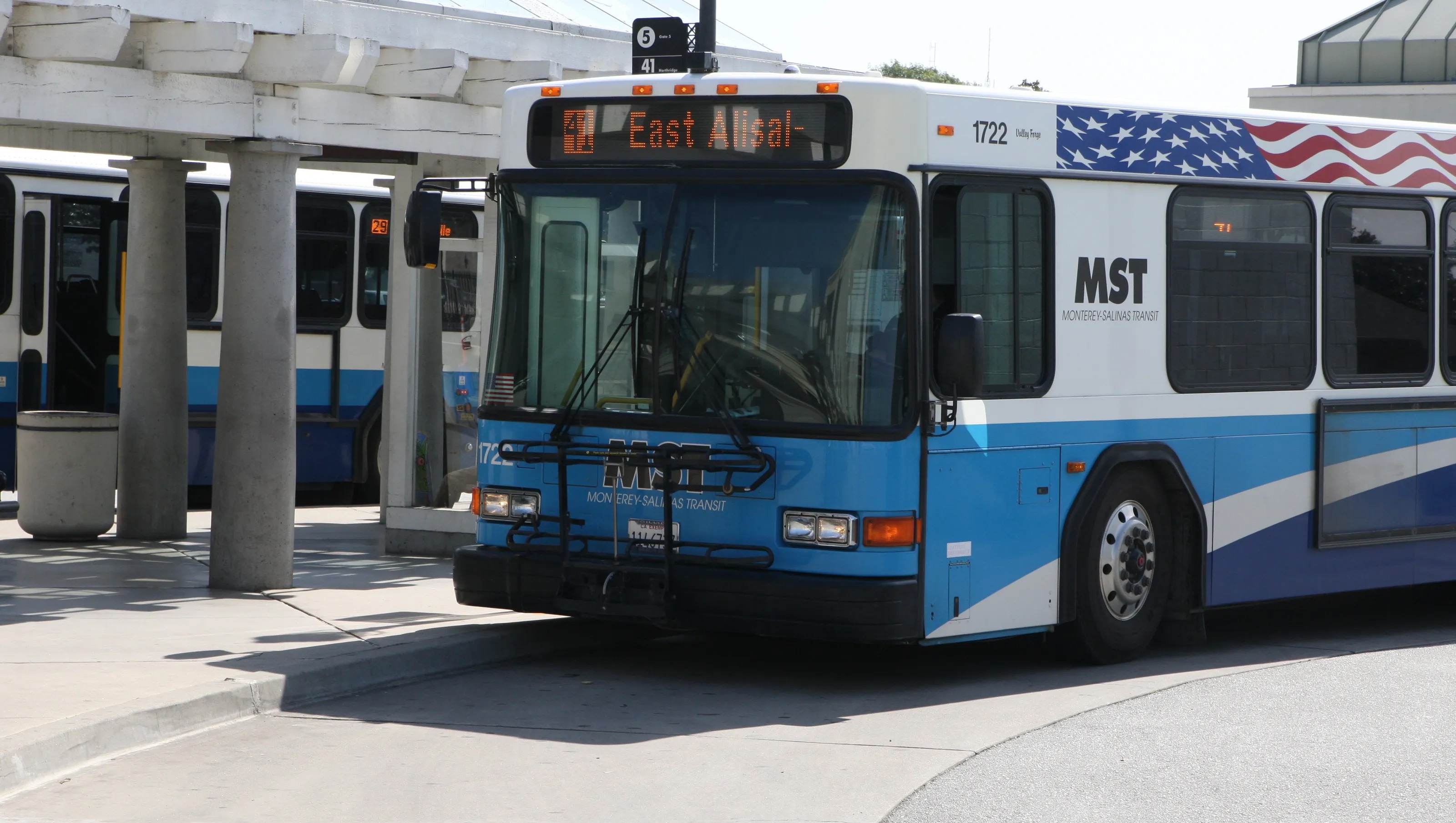
In May 2021, Monterey-Salinas Transit (MST) deployed a contactless transit fare payment system, becoming the first of its kind in California. The system allowed riders a faster and more convenient way to pay for fares by simply tapping their contactless credit cards, debit cards, or smart devices.
Objectives
The initiative was the first of the Caltrans-led California Integrated Travel Project (Cal-ITP) to improve travel planning and transit payments throughout the state. With the Cal-ITP framework in place MST wanted to achieve a holistic approach aimed at enhancing the overall transit experience for their passengers. A core objective was to streamline the fare payment process, offering riders a faster and more convenient option compared to traditional methods. Additionally, contactless payments required a seamless provision of passenger discounts for selected groups.
Challenges
MST was dealing with a legacy system that was experiencing performance issues. Also, as a public organization, the transit agency has always strived to maximize ROI for the taxpayer’s money and the legacy infrastructure was draining a lot of MST
resources. Along with that, with the COVID-19 pandemic in full effect, MST needed to ensure the safety of its passengers and drivers by limiting physical contact and cash handling.
Our main goal was to make paying for a fare as frictionless as humanly possible. A close second was making sure when spending taxpayers’ money for this deployment they get the biggest bank for their buck. And we have become huge fans of the Littlepay deployment because it’s nailing both of these.
Michael Kohlman
CIO, MST
Solutions
MST partnered with Littlepay to launch a best-in-class contactless fare payment system. Littlepay collaborated with partners Kuba for fare validators and Elavon for acquiring services. MST were able to introduce daily, weekly and monthly fare caps to create cost savings for frequent riders without any extra effort on their part. At the point of tap, Littlepay’s back office checks whether a rider’s card is valid for travel using near real-time deny lists. It provides authorization and settlement; and price adjustments to reflect fare caps.
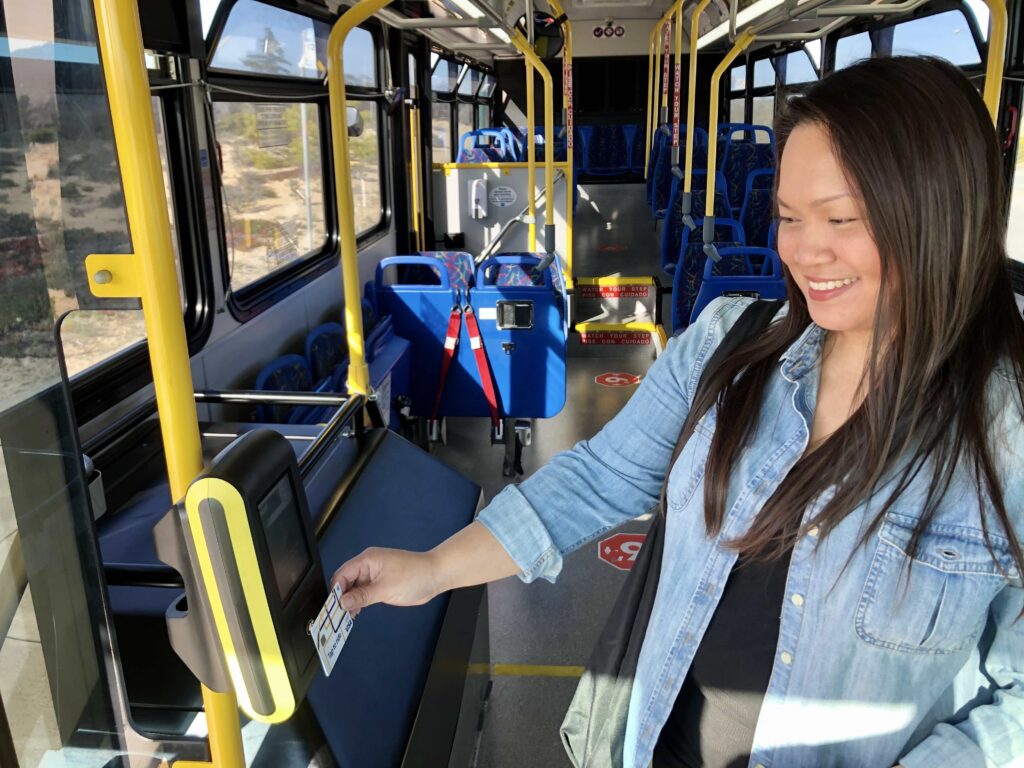
Results
The survey says…
In a survey of riders carried out one year later, the agency found that nearly half of all (47%) respondents were using the system and found it really convenient.
That figure was even higher, at 59%, among Spanish speaking respondents.
MST have also managed to demonstrate significant cost-efficiency after implementing open payments. Cost of ownership for the last 3 years has been 20% of the cost of ownership of the legacy fare collection system.
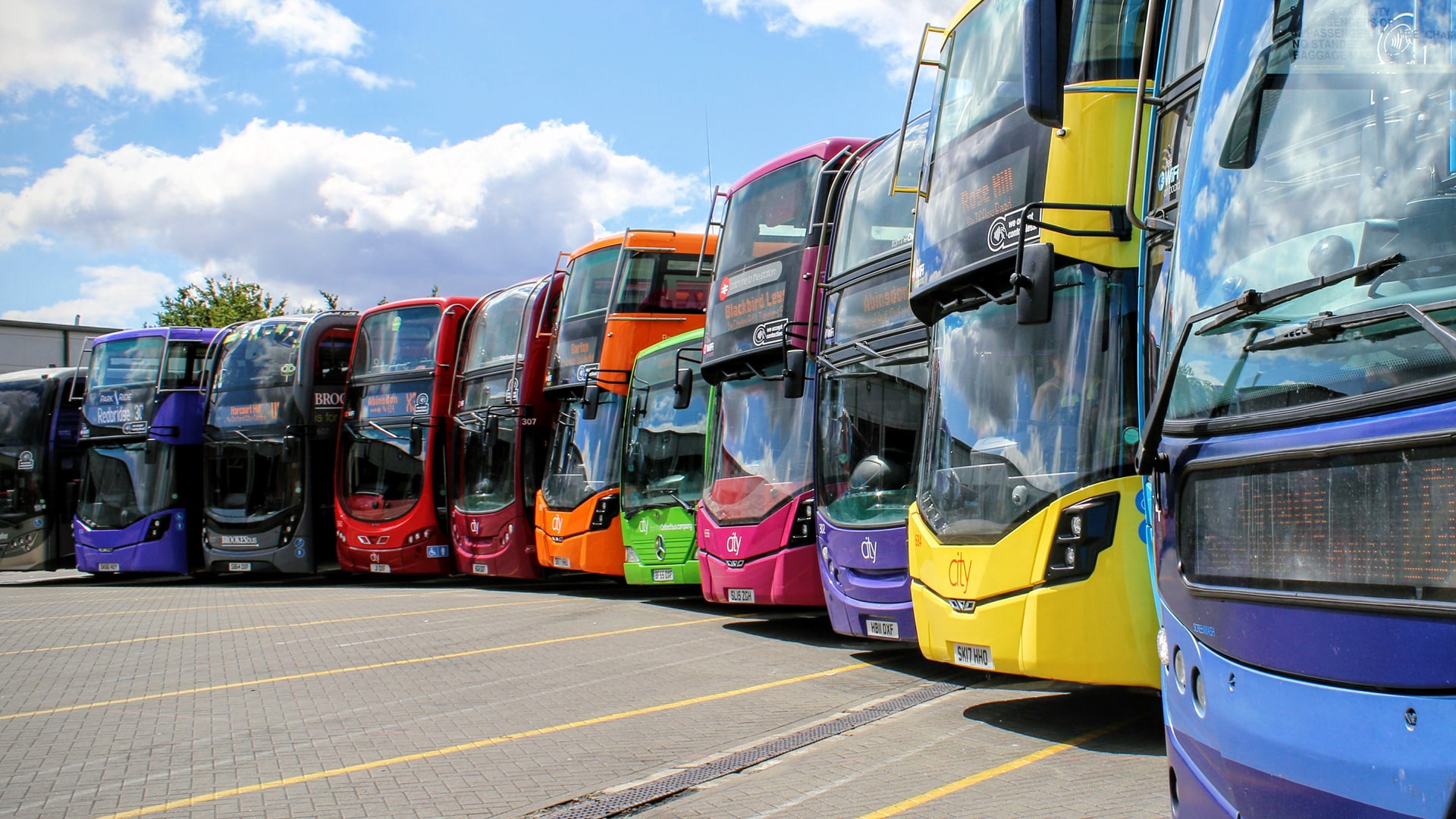
Building innovations that enhance passenger experience with Go-Ahead
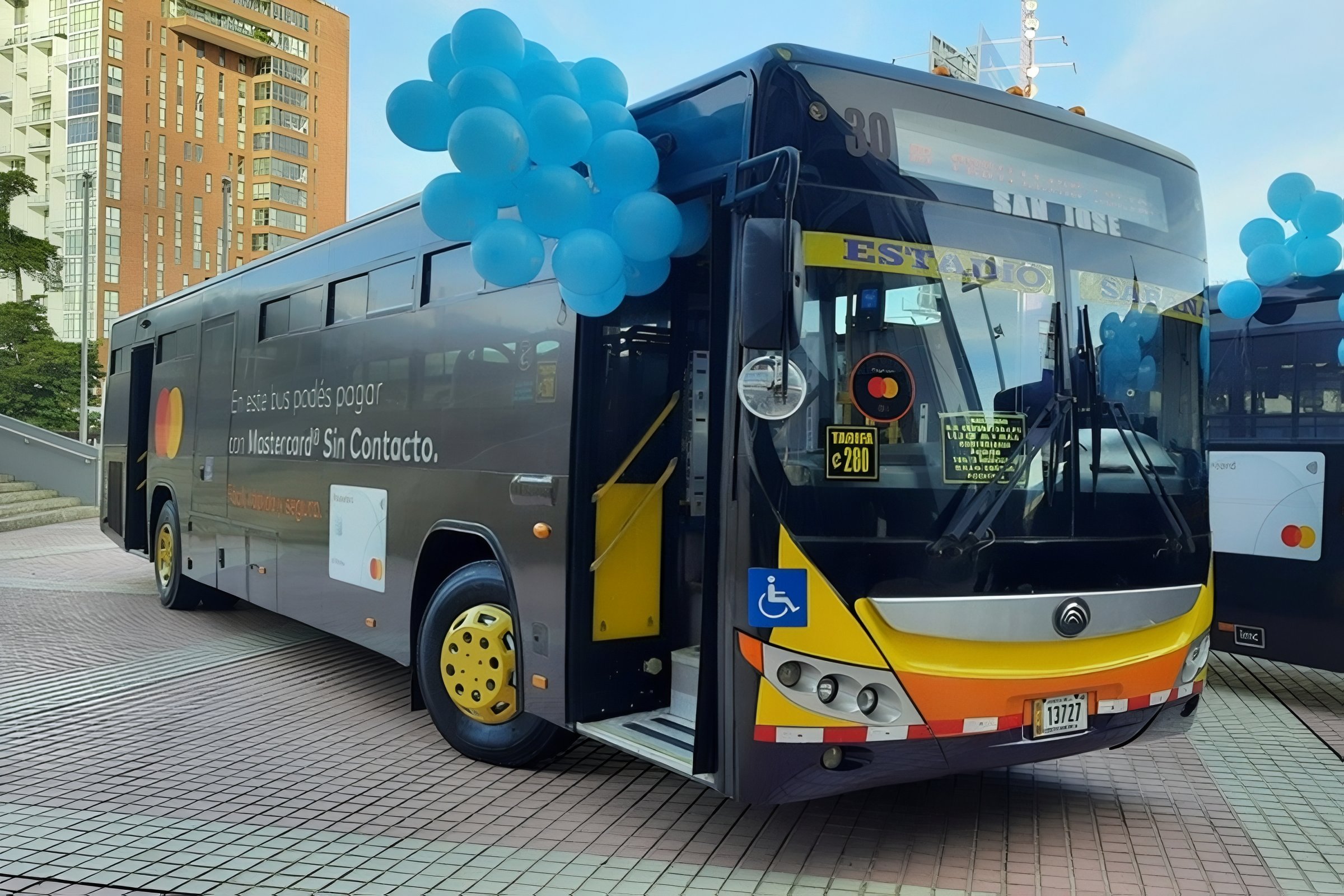
Enabling Costa Rica’s Journey Towards a Cashless Society with Open-Loop Payments
